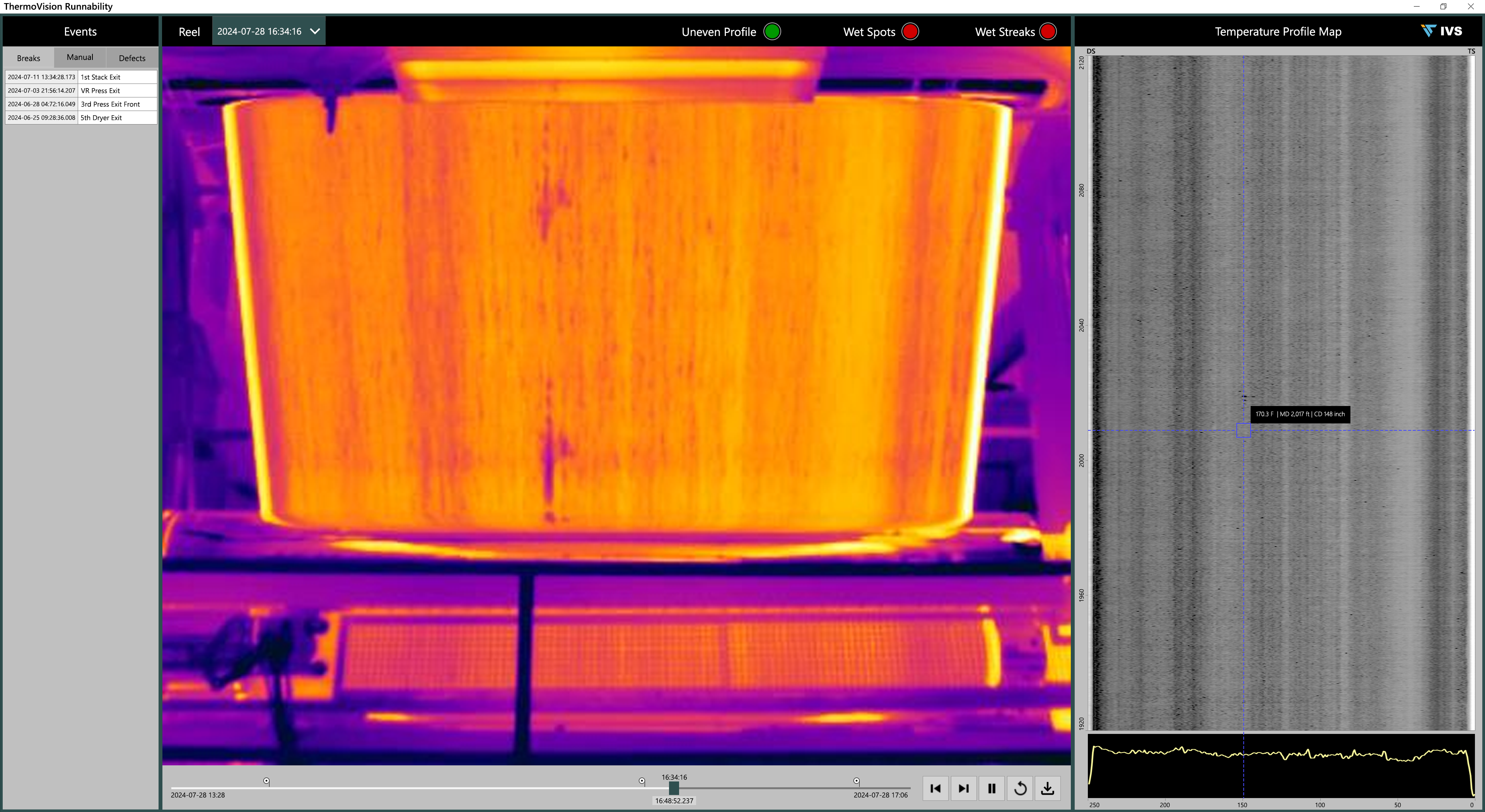Women in Manufacturing is ready to forge new ideas and break a few molds.

Women in Manufacturing (WiM) began as a networking group within the Precision Metalforming Association (PMA). Today, WiM is its own national trade organization and plans to call attention to the role women already play within the manufacturing sector as well as helping to champion the role women can play in the industry.
Gretchen Zierick, president of Zierick Manufacturing Corp. in Mount Kisco, N.Y. will serve as WiM’s first chairperson. She’s also a past chairperson of PMA. Zierick discussed the present and the future of WiM with Plant Engineering:
Plant Engineering: Why is this the right time for Women in Manufacturing as a trade organization? What specific goals does WiM have that will be different from other manufacturing trade organizations?
Zierick: Manufacturing is in the news these days. People are recognizing the value of manufacturing to our economy, as well as the opportunities that manufacturing careers offer – good pay, challenging projects and tasks, continuous education. But manufacturing has typically been a man’s world, despite the fact that many “female” characteristics (ability to build teams, to problem solve and the use of teams to achieve goals) meet the needs of our industries so well.
WiM puts a spotlight on those factors and encourages women to fit their talents and aims into a world of making things. WiM is different because we focus on women who are working in manufacturing, who have already recognized the advantages to our world.
PE: Talk a little about your own introduction to manufacturing and why this career choice made sense for you? What is it about manufacturing that appealed to you?
Zierick: I was introduced to manufacturing as a very young child, visiting my father, grandfather and great-uncle as they worked in the business that my grandfather founded. The business began in 1919, making parts for crystal radio sets and became Zierick Manufacturing in the 1930’s. It was my family heritage and I always knew I wanted to be part of it.
I started working for the company when I was 15 and became fascinated first with production planning. Later I worked in the plant, learning tool design, quality control and plating. There is something very special about taking raw materials and creating a tangible product.
PE: In the introductory press release, WiM president Allison Grealis said, “We will continue to demonstrate that not only are women great for manufacturing, but that manufacturing is great for women.” Can you expand on that thought? Why are both of those statements true?
Zierick: Women are very good at getting people to work together. It starts with the way little girls play together, telling a story, assigning roles and making the story happen, adjusting to changes as kids alter their assigned roles to fit their personalities. Very few things are made by only one person so that skill with teams is critical in manufacturing. Manufacturing is great for women because that same team structure allows us to find and change our roles as we grow.
PE: That being said, what are the barriers to women in manufacturing, and how should manufacturing leaders work to remove those barriers?
Zierick: Probably the biggest barrier to women wanting to succeed in manufacturing is the lack of flexibility in manufacturing jobs. Most roles in the manufacturing process can’t be fulfilled from a home office or on a flexible schedule. Manufacturing processes are very structured, they have to be.
But that same structure makes them predictable, so a woman who wants to be part of making things knows what to expect and can make the choice to work within those constraints.
Another barrier is the idea that manufacturing is dark, dirty, dangerous and dull. But that applies to both sexes. Manufacturing has an image problem, though television programs such as “How It’s Made” are doing a lot to change that.
A perceived barrier is that manufacturing has traditionally been a man’s world and that women have to break through that to get ahead. I think that is more part of the culture of some companies rather than a barrier a woman would encounter in every manufacturing company. Manufacturing companies that want to attract women need to be conscious of their culture.
PE: We’re at an exciting time for manufacturing in the U.S. on a national and global stage. What can WiM do to help continue manufacturing’s growth curve?
Zierick: Since WiM is a relatively new organization and many of our members are women in unusual work roles, we attract media attention in ways that typical manufacturing associations don’t. We can use this to promote the value of manufacturing and the benefits of manufacturing jobs. As I said, manufacturing has an image problem. WiM can polish that image, give manufacturing a new face.



